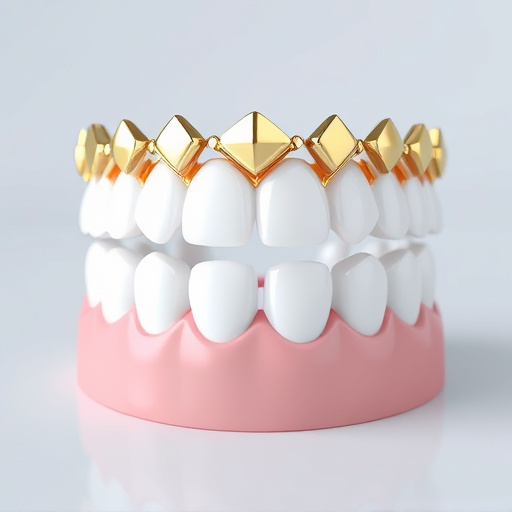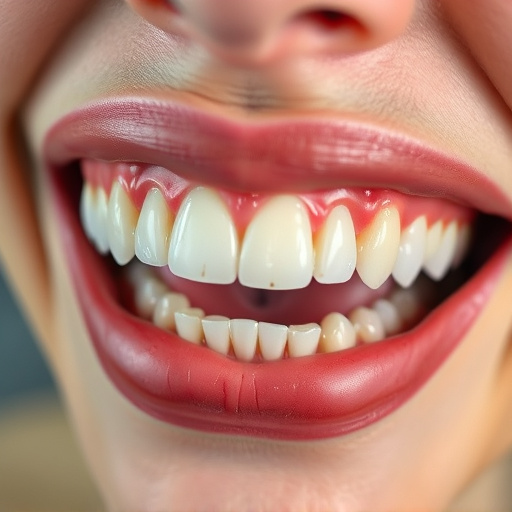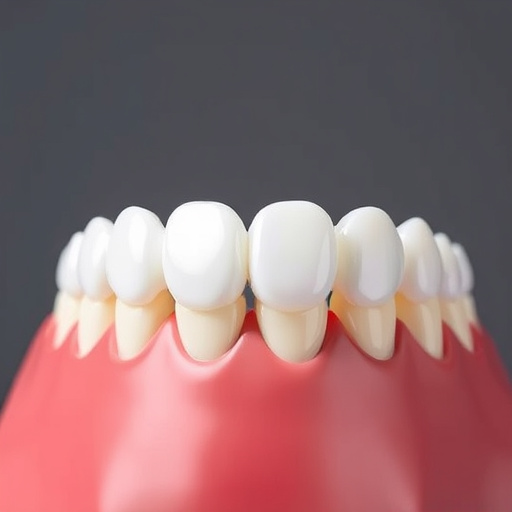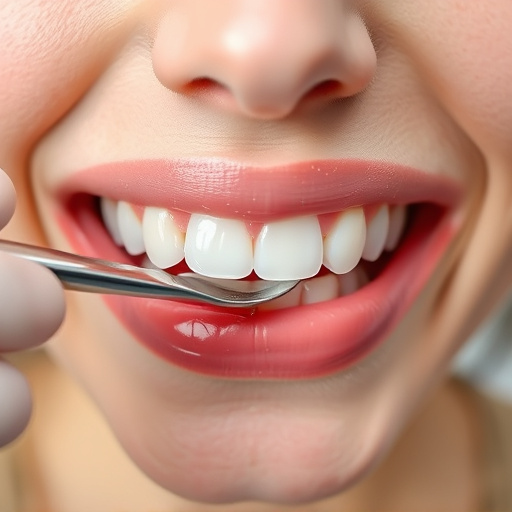Scaling and root planing are essential dental procedures for removing plaque, tartar, and bacteria below the gumline, preventing periodontal diseases. These minimally invasive techniques enhance tooth roots, aid healing, and improve long-term oral health, suitable for various scenarios including cosmetic dentistry, preventive care, and post-wisdom tooth removal.
“Considered a game-changer in dental care, minimally invasive scaling and root planing offer an effective solution for gum health. This non-surgical procedure is designed to remove plaque and tartar buildup below the gumline, addressing the root causes of gum disease. By combining advanced techniques with minimal discomfort, it provides a modern approach to oral care.
In this article, we’ll explore the benefits, procedures, and candidate suitability of this innovative treatment, shedding light on why it’s becoming a popular choice for those seeking improved gum health.”
- Understanding Scaling and Root Planing Procedures
- Benefits of Minimally Invasive Dental Treatments
- Who Needs This Non-Surgical Gum Therapy?
Understanding Scaling and Root Planing Procedures

Scaling and root planing are essential dental procedures that involve thoroughly cleaning and smoothing the surfaces of teeth and the roots below the gumline. This process is crucial for removing built-up plaque, tartar, and bacteria that can cause periodontal disease and other oral health issues. During scaling, a dentist or hygienist uses specialized tools to remove these deposits without damaging the tooth enamel or root structure. Root planing involves making the root surfaces smoother, which helps reduce inflammation and promotes healing in the gums.
Both procedures are often recommended as part of restorative dentistry, especially for patients with gum disease. In children’s dentistry, scaling and root planing may be performed to prevent or manage periodontal problems early on. Even wisdom tooth removal can lead to the need for these treatments if the extraction site becomes infected or develops gingivitis. By addressing these issues promptly, dentists can ensure better oral health outcomes, reduce the risk of complications, and maintain a bright, healthy smile.
Benefits of Minimally Invasive Dental Treatments
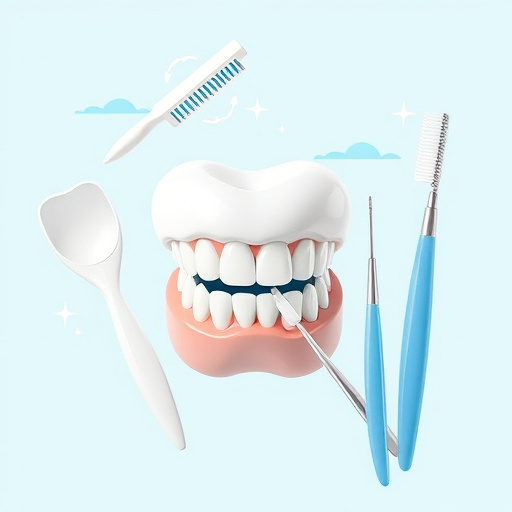
Minimally invasive dental treatments offer a range of benefits, especially when it comes to procedures like scaling and root planing. Unlike traditional methods, these advanced techniques prioritize patient comfort and efficient healing. By utilizing specialized tools and minimizing tissue trauma, patients experience less discomfort and faster recovery times. This approach is particularly advantageous for those who may avoid dental procedures due to fear or anxiety, encouraging better oral health without the usual drawbacks of invasive treatments.
Furthermore, modern scaling and root planing methods are highly effective in removing plaque and tartar buildup while smoothing the tooth roots. This not only improves overall dental hygiene but also creates a stronger foundation for teeth, reducing the risk of future infections and gum disease. In the realm of general dentistry, these minimally invasive options play a crucial role in maintaining optimal oral health, especially as part of regular check-ups and preventive care, alongside procedures like emergency dental care and even dental bonding for cosmetic enhancements.
Who Needs This Non-Surgical Gum Therapy?

Many people think of gum disease as a distant concern, but it can affect anyone—even those who maintain meticulous oral hygiene routines through regular brushing and flossing. Even with diligent care, some individuals may still develop inflammation or infection in their gums, known as gingivitis or periodontitis. This is where scaling and root planing comes into play.
This non-surgical gum therapy is ideal for patients seeking a gentle yet effective solution to address the issues stemming from gum disease. Whether it’s for cosmetic dentistry purposes, to prevent further complications, or as part of a child’s dentistry routine oral exam, scaling and root planing offers a minimally invasive approach to restoring oral health. It removes plaque and tartar buildup below the gumline, smoothing the tooth roots and encouraging healthy gums to reattach.
Scaling and root planing, traditionally a surgical procedure, now offers a minimally invasive option for improving gum health. By removing plaque and tartar buildup below the gumline, this non-surgical therapy can prevent further gum disease progression and promote a healthier oral ecosystem. Whether for routine maintenance or treating gingivitis, minimally invasive scaling and root planing provides an effective solution without the complications often associated with traditional methods.










